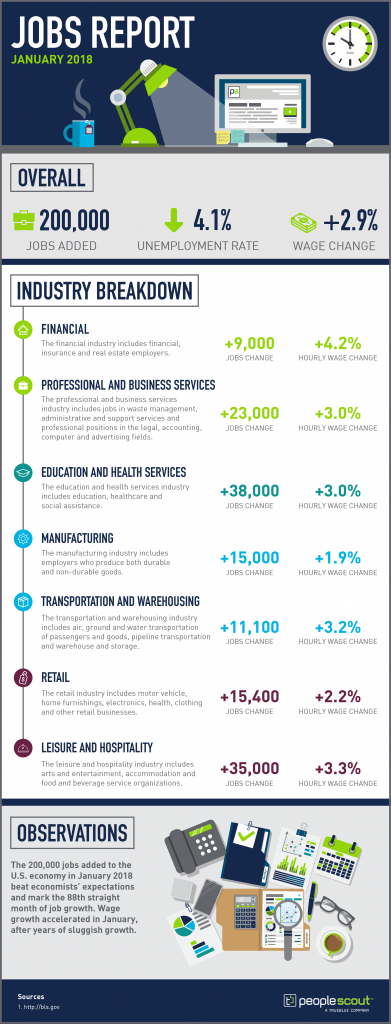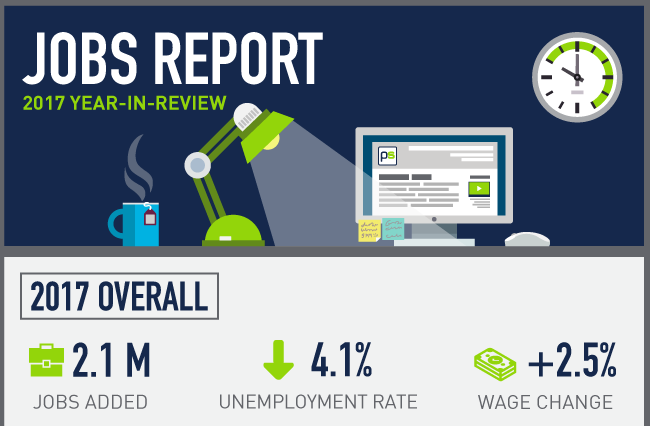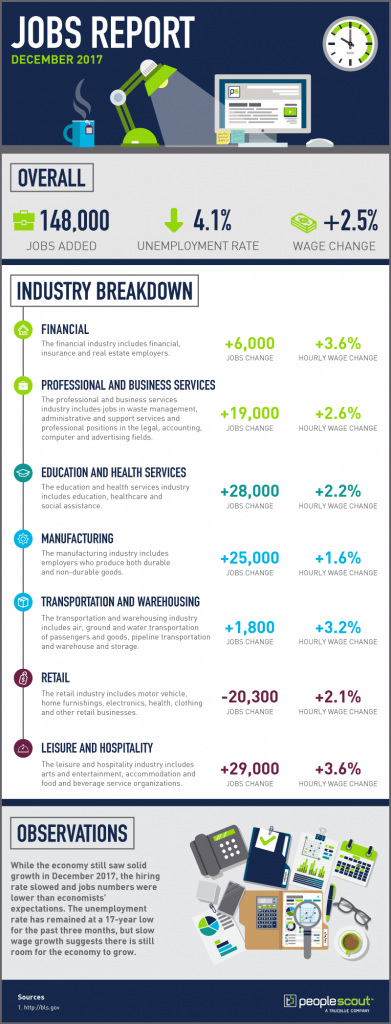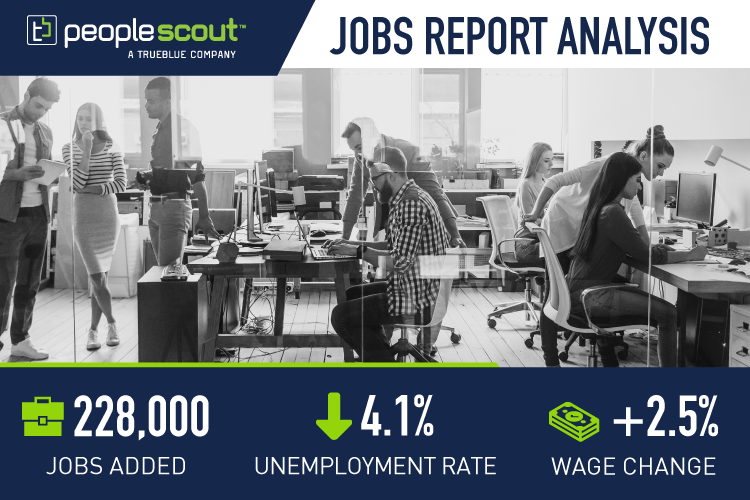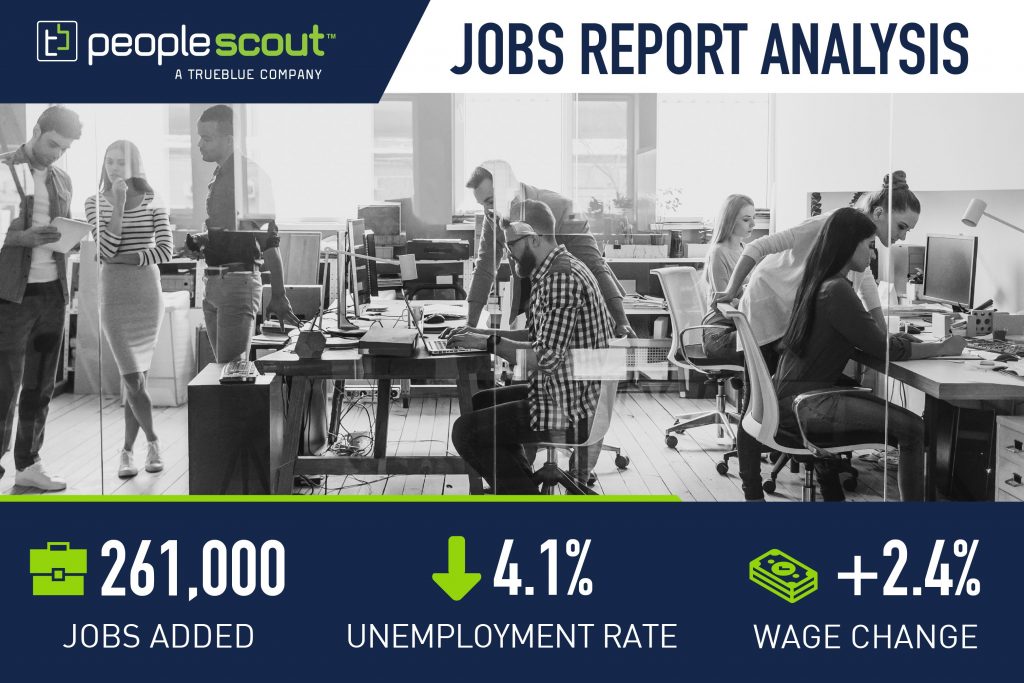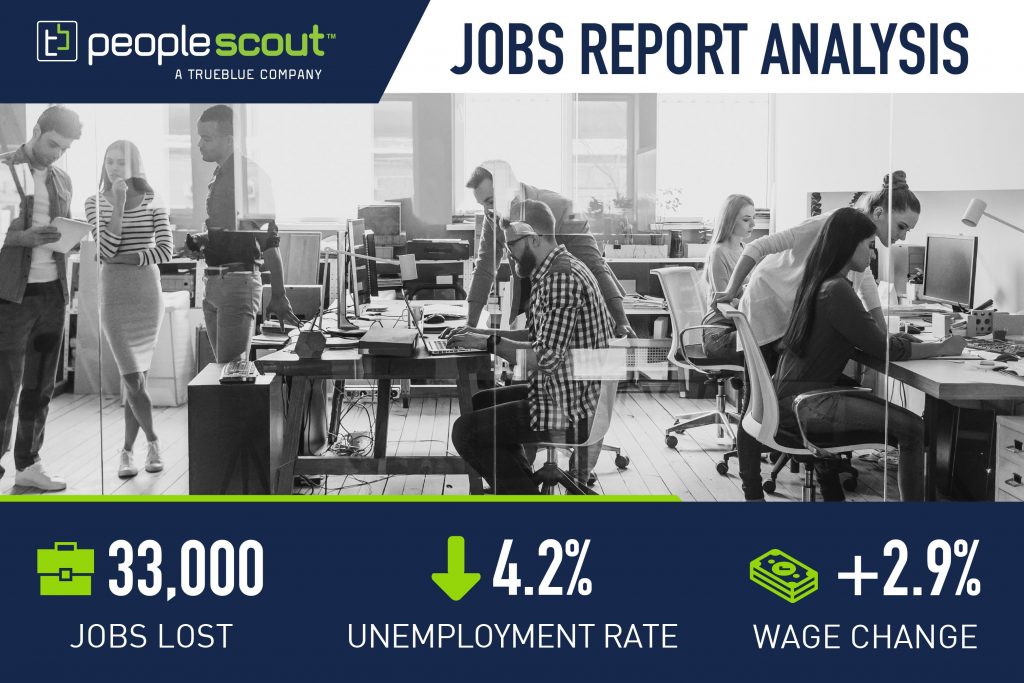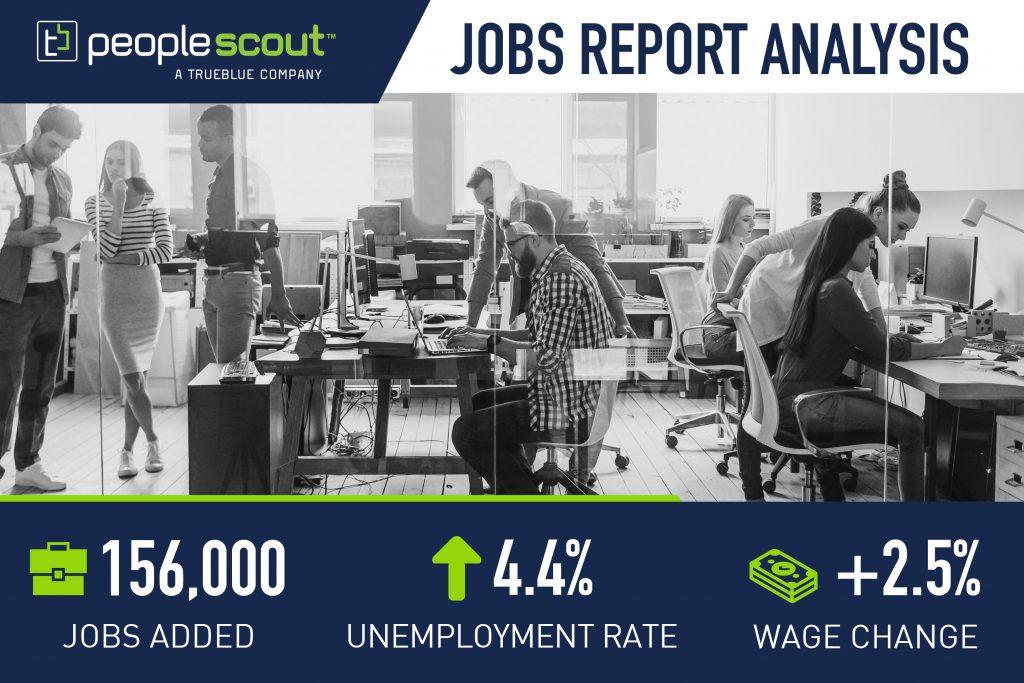With the growth of the gig economy, MSP programs are uniquely positioned to take on a more strategic role within an organization to drive cost-effective talent solutions that take advantage of all worker types, and that effectively leverage emerging talent pools.
To keep up with the changing talent landscape, MSP programs must continue to evolve to meet new challenges and align with new expectations. In first-generation MSPs, providers typically focus on change management, cost savings, increased efficiencies and reduced risk. Once baselines are established, needs evolve. In this article, we discuss the top four MSP trends impacting contingent labor programs.
Alternate Sourcing
In a mature MSP program, an organization often needs multiple ways to more efficiently source talent. This is especially important in a labor market with high competition for talent. To accomplish this, MSPs must explore talent sources outside of traditional staffing providers. This also makes talent pools more flexible and fluid than relying on staffing companies.
One option for alternate sourcing is to better leverage existing talent pools. Many organizations have silver medalists, or candidates who were in the final running for a permanent position. Those candidates can become valuable temporary workers if they are engaged and encouraged to apply for temp or contract work. Additionally, retirees and workers who previously worked in temporary roles may also want to return for other temporary projects or assignments.
Organizations can also look at expanding talent channels and broadening the types of talent that can be brought into the MSP network. The options will vary depending on the company and the type of work. For other positions, workers who struggle in traditional roles could excel in the right temporary role, including those on the autism spectrum.
MSPs can also incorporate direct sourcing through an online staffing portal. Mobile apps like JobStack by PeopleReady and other freelance marketplaces are growing more popular in the gig economy, and some organizations have their own solutions. Direct sourcing can quickly fill staffing gaps as one piece of an MSP program.
As a part of an alternative sourcing strategy, organizations should also look into pipelining opportunities, where high-quality temporary workers could eventually transition to full-time employment. This can be a part of a broader total workforce solution in addition to an MSP program. Pipelining opportunities will make temporary positions more appealing for certain workers, especially silver medalists and workers who have previously worked in a temporary position for the organization. Pipelining also means that the best workers are rewarded and can continue contributing to the organization.
Enhanced Analytics and Technology
Keeping up with technology advancements is a critical part of MSP programs. However, cutting-edge technology solutions can have an even greater impact on the MSP solution.
Predictive analytics is a valuable tool for MSPs. It uses data to find patterns and then uses those models to attempt to predict the future. Predictive analytics can’t tell you what will happen, but it shows what is likely to happen based on past trends. Incorporating predictive analytics and other forms of data analytics into an MSP program can help organizations better understand the full picture of their contingent workforce and predict future needs.
MSPs should also evaluate the technology used by their staffing suppliers. As part of its solutions, PeopleScout offers AffinixTM, a proprietary, mobile-first, cloud-based platform that creates a consumer-like candidate experience and streamlines the sourcing process. Individual staffing providers offer a wide variety of technology solutions, and MSPs should evaluate each provider’s technology when selecting vendors. For instance, if a staffing provider uses predictive analytics in their hiring process, they are better able to predict the success of a worker, and that insight can be passed along to the MSP and the company seeking contingent workers to help guide workforce planning.
Total Workforce
There is a growing demand to bring together MSP and RPO services for a holistic approach to sourcing strategies. Total Workforce Solutions cover the full spectrum of talent; including employees, independent contractors, temporary workers, part-time workers, seasonal workers, SOW, outsourced services and freelancers. These solutions allow organizations to think about talent as a whole, by incorporating both full-time and contingent workers into their total workforce mix.
Total Workforce Solutions may also enable organizations to address relevant questions around the contingent and full-time employee mix, the real cost of different worker types and what worker types will best maximize productivity and cost-effectiveness. Visibility into the total workforce will help talent leaders understand how to integrate contingent and full-time employees to increase productivity and lower costs. A Total Workforce Solution can also include talent pipelining, which would provide a path for the best contingent workers to move into full-time positions.
Total Workforce Solutions drive financial advantages like cost savings from better workforce utilization, improved demand management and lower service and vendor management costs than in a previously decentralized program. Strategic benefits include more access to global expertise, cross-trained and fully integrated implementation teams, and insights and advice across the entire talent spectrum. Through a Total Workforce Solution, the provider can become more advisory and collaborative, using technology solutions like predictive analytics to better plan for future needs.
SOW and Independent Contractor Management
As MSPs programs mature, there remains an opportunity for further consolidation, cost savings and risk mitigation through MSP programs. Incorporating statement of work (SOW) workers and independent contractors into an MSP program will ensure that those workers are better managed, and an MSP’s compliance expertise reduces the risk to the organization. A broad solution that takes advantage of a large variety of worker types will ensure that an organization has the best mix of talent to meet business goals, manage risk control costs.
What’s next?
Organizations should engage an MSP provider to see how these MSP trends can fit into their talent strategies and provide a competitive advantage.
